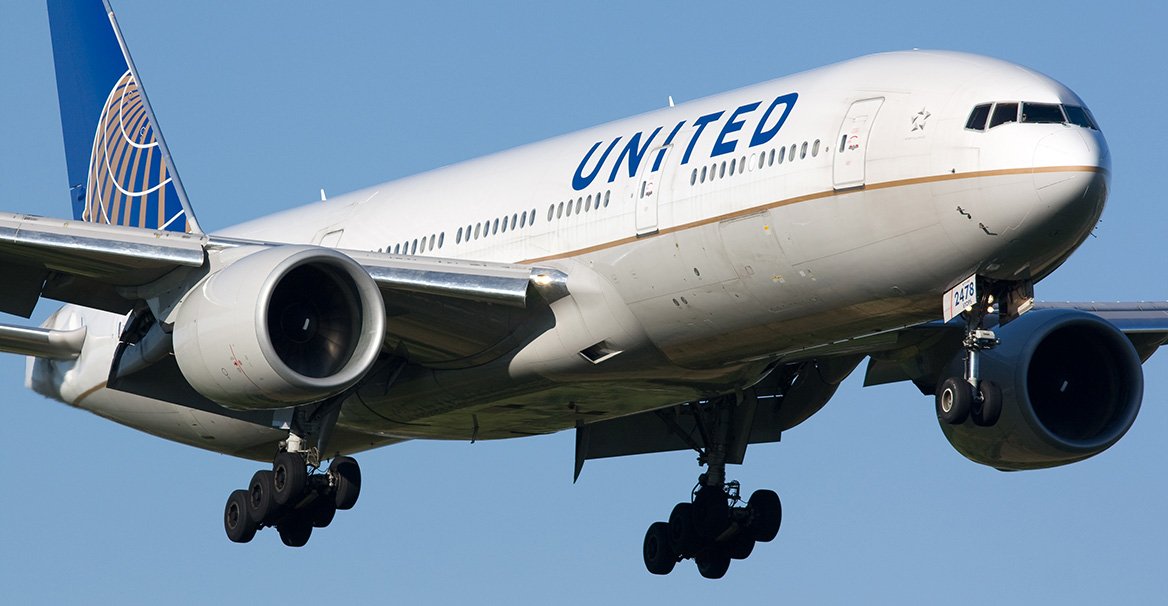United Airlines will be adopting Elon Musk’s Starlink Wi-Fi, the airline said on Jan. 5. Starting in February 2025, the airline will offer in-flight internet services, making it the first to offer connectivity on a commercial flight operated by Embraer E-175 aircraft this spring.
Reportedly, the airline plans to outfit its entire two-cabin regional fleet with the service by the end of 2025 and have its first Starlink-enabled plane on major routes in the air by the end of the year.
Starlink will soon be available on all of United’s flights, according to the airline. However, they announced that only MileagePlus members will get free access, changing their earlier plan to offer free Wi-Fi to everyone.
READ: Elon Musk discards ‘Kekius Maximus’ title after Cybertruck explodes at Trump Hotel (January 3, 2025)
United signed a deal with Starlink last year to provide in-flight internet services across its entire fleet of over 1,000 aircraft over the next several years, according to Reuters.
What is Starlink?
Starlink is a satellite internet service developed by SpaceX, the aerospace company founded by Elon Musk. It uses a constellation of low Earth orbit (LEO) satellites to provide high-speed internet access.
Unlike traditional internet providers that rely on fiber-optic cables or ground-based infrastructure, Starlink operates through satellites orbiting the Earth, enabling internet access in remote or underserved areas where conventional broadband services are limited or unavailable.
The system works by connecting users to Starlink satellites in space, which then transmit data to ground stations, providing fast, reliable internet. This setup allows for lower latency and faster speeds compared to older satellite systems that use higher orbits.
As more satellites are launched, the coverage and performance of Starlink are expected to improve, offering better service even in rural regions.
READ: Elon Musk net worth crosses $400 billion, making him the world’s richest man (December 12, 2024)
Starlink is currently available in numerous countries worldwide, including the United States, Canada, Mexico, Australia, and most of Europe and South America. Recent expansions have extended coverage to regions in Africa and the Middle East, such as Zimbabwe and Yemen, according to Starlink’s official availability map.
Starlink aims to bridge the digital divide by offering affordable and accessible internet to people who live in rural or hard-to-reach areas, including locations where laying fiber cables or building infrastructure would be impractical or too expensive.
With its growing network of satellites, Starlink is expected to become an essential service for many people globally, providing consistent internet access for various uses, including education, business, and entertainment.

